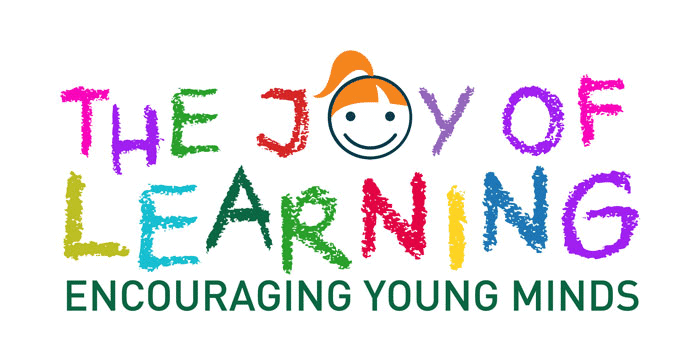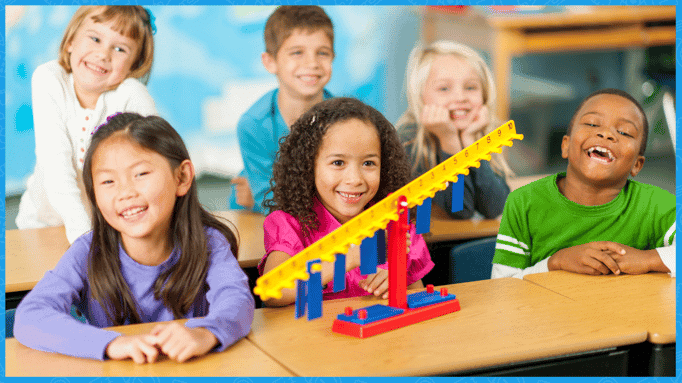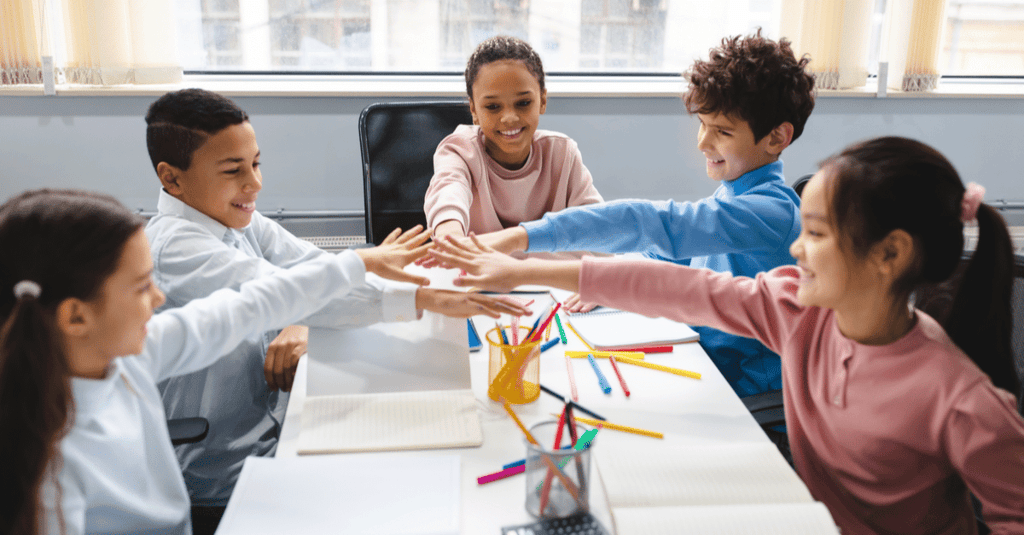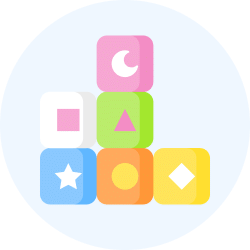Learning with Joy: Lessons from Outside the Traditional School | Guide for Mindful Parenting in 2025 - LKG PDF Download
Introduction
Non-traditional education, such as homeschooling, unschooling, or informal learning environments, prioritizes a child’s natural curiosity and interests over rigid curricula or standardized testing. The core insight is that learning becomes joyful and effective when it’s relevant, engaging, and driven by a child’s intrinsic motivation. By tailoring education to a child’s passions—whether through baking, storytelling, or hands-on projects—parents can foster a love of learning that leads to deeper understanding and lifelong curiosity.
Why Joyful Learning Matters
- Intrinsic Motivation Drives Engagement: A 2018 study in Educational Psychology Review (as mentioned in your input) found that intrinsic motivation—learning driven by curiosity or enjoyment—leads to better retention and understanding compared to extrinsic motivators like grades or rewards. When children learn through activities they love, they’re more likely to dive deeply into a subject and retain knowledge.
- Flexibility Fosters Creativity: Unlike traditional schools, which often follow a one-size-fits-all curriculum, non-traditional settings allow children to explore topics at their own pace and in ways that resonate with them. This flexibility nurtures creativity and critical thinking.
- Real-World Connections: Learning through hands-on, real-life activities (e.g., baking to learn math) makes abstract concepts tangible and meaningful, helping children see the relevance of what they’re learning.
Understanding Non-Traditional Education
- Homeschooling: Parents design a structured curriculum at home, often tailored to the child’s needs and interests, while meeting educational standards.
- Unschooling: A more flexible, child-led approach where learning is driven by the child’s interests without a formal curriculum. Parents act as facilitators, providing resources and opportunities.
- Other Non-Traditional Settings: These include learning pods, co-ops, or informal activities (e.g., museum visits, nature exploration) that supplement or replace traditional schooling.
The common thread is that these approaches prioritize the child’s curiosity, making learning a joyful, natural process rather than a chore.
A Real-Life Example: Sarah’s Story
The input mentions Sarah, a 10-year-old who learned fractions by adjusting recipes with her mom. Let’s expand on this to understand how it works:
- Context: Sarah’s family practices unschooling, where her learning is guided by her interests rather than a fixed curriculum.
- Activity: While baking cookies, Sarah’s mom asked her to double the recipe, which required calculating fractions (e.g., doubling 1/2 cup of flour to 1 cup). They discussed measurements, fractions, and ratios in a hands-on way.
- Outcome: Sarah not only mastered fractions but also gained confidence in math because it was tied to an activity she enjoyed. Her curiosity led her to explore other math-related tasks, like calculating ingredient costs.
- Broader Learning: Her parents noticed her interest in astronomy and provided books, stargazing apps, and a telescope. Sarah learned about constellations, physics, and even wrote stories about space, blending science and creativity.
Why It Worked: Sarah’s learning was meaningful because it connected to her interests (baking, astronomy) and involved active participation, making abstract concepts like fractions or physics feel relevant and exciting.
The Key Approach: Making Learning Relevant and Engaging
The secret to joyful learning is tapping into a child’s intrinsic motivation by:
- Following Their Interests: Let the child’s passions guide the learning process, whether it’s dinosaurs, music, or coding.
- Making It Hands-On: Use real-world activities to teach concepts, turning abstract ideas into tangible experiences.
- Encouraging Curiosity: Celebrate questions and exploration, fostering a mindset where learning is an adventure, not a task.
This approach contrasts with traditional schooling, which often prioritizes standardized outcomes (e.g., test scores) over individual passion. Non-traditional methods show that when children are excited about learning, they engage more deeply and retain knowledge longer.
Applying Joyful Learning at Home
The input suggests three actionable steps for parents. Below, I’ll explain each in detail with examples to show how to implement them, whether your child is in traditional school or a non-traditional setting.
Follow Their Interests
- What It Means: Identify what excites your child and use it as a springboard for learning across subjects. This makes education feel personal and relevant.
- How to Apply It:
- Observe what your child gravitates toward (e.g., animals, video games, art).
- Integrate their interests into academic subjects like math, reading, or science.
- Provide resources like books, videos, or activities related to their passion.
- Example: Your 9-year-old loves dinosaurs. Read a book about paleontology together, then connect it to math by calculating the length of a T-Rex compared to your house. For writing, ask them to create a story about a dinosaur adventure. Watch a documentary on prehistoric life to spark discussion about evolution.
- Why It Works: Tying learning to their interests makes it feel like play, not work, boosting engagement and retention.
Make It Hands-On
- What It Means: Use physical or interactive activities to teach concepts, making abstract ideas concrete and memorable.
- How to Apply It:
- Turn lessons into experiments, projects, or real-world tasks.
- Use everyday activities (e.g., cooking, building) to teach skills like math or science.
- Encourage creativity through art, music, or role-playing tied to learning.
- Example: To teach your 7-year-old about chemical reactions, conduct a simple experiment mixing vinegar and baking soda to create a “volcano” eruption. Discuss why the reaction happens (acid-base interaction) and let them measure the ingredients to practice math. Afterward, they can draw the volcano and write about what they observed.
- Why It Works: Hands-on activities engage multiple senses, making learning memorable and fun, as supported by the 2018 Educational Psychology Review study.

Celebrate Questions
- What It Means: Encourage your child to ask “why” and “how” questions to foster critical thinking and curiosity. This builds a mindset of exploration.
- How to Apply It:
- Respond to questions with enthusiasm, even if you don’t know the answer. Research together!
- Ask open-ended questions to spark deeper thinking, like “Why do you think that happened?”
- Create a safe space where no question is “silly.”
- Example: Your 11-year-old asks, “Why does the moon change shape?” Instead of giving a quick answer, say, “Great question! Let’s find out together.” Look up lunar phases online, draw a diagram of the moon’s orbit, and observe the moon over a week to track its changes. Encourage follow-up questions like, “What else moves around the Earth?”
- Why It Works: Celebrating questions builds confidence and teaches children that learning is a process of discovery, not just memorizing facts.
Example Scenario: Applying Joyful Learning
Situation: Your 8-year-old daughter, Mia, attends a traditional school but seems bored with math homework and disengaged from science. She loves music and playing the piano.
Action Plan:
- Follow Her Interests: Use Mia’s love for music to make math and science fun. Teach fractions by showing how musical notes (e.g., quarter notes, half notes) relate to fractions of a measure. For science, explore sound waves by experimenting with her piano or a homemade guitar made from rubber bands.
- Make It Hands-On: Create a project where Mia builds a simple instrument (e.g., a straw flute) to learn about pitch and vibration. Measure the straw lengths to incorporate math and discuss how sound travels to tie in science.
- Celebrate Questions: When Mia asks, “Why do some notes sound higher?” respond with, “Awesome question! Let’s see how string length affects pitch.” Experiment with different string lengths on a toy guitar and research sound frequency together.
Outcome: Mia becomes excited about math and science because they connect to her passion for music. She starts asking more questions about how things work, and her boredom with homework decreases as she sees learning as an extension of her interests.
Why This Approach Matters
Joyful, interest-led learning has lasting benefits:
- Deeper Understanding: The 2018 Educational Psychology Review study shows that intrinsic motivation leads to better comprehension and retention, as children engage more deeply with material they care about.
- Lifelong Love of Learning: When learning is fun, children develop a positive attitude toward education, making them self-motivated learners.
- Confidence and Creativity: Hands-on activities and question-driven exploration build problem-solving skills and confidence to tackle new challenges.
Even for children in traditional schools, parents can incorporate these principles to supplement classroom learning, making homework or study time more engaging and less stressful.
Practical Tips for Parents
- Observe and Listen: Spend time noticing what excites your child. Ask, “What do you love learning about?” to uncover their interests.
- Integrate Learning into Daily Life: Use everyday tasks like cooking, gardening, or shopping to teach concepts (e.g., measuring ingredients for math).
- Keep It Flexible: Don’t force a rigid schedule. If your child wants to spend a day exploring one topic, let them dive in.
- Use Resources: Leverage books, online videos, or local museums to support interest-led learning. For example, visit a science museum for a hands-on physics exhibit.
- Balance Structure and Freedom: Even in traditional schooling, set aside time for fun, interest-driven activities to complement formal education.
|
10 docs|2 tests
|
FAQs on Learning with Joy: Lessons from Outside the Traditional School - Guide for Mindful Parenting in 2025 - LKG
| 1. What are some benefits of learning outside the traditional school setting? |  |
| 2. How can parents implement learning with joy at home? |  |
| 3. What role does outdoor education play in child development? |  |
| 4. Are there specific activities that can facilitate learning outside of traditional classrooms? |  |
| 5. How can educational philosophies outside of traditional schooling impact children’s future? |  |
















